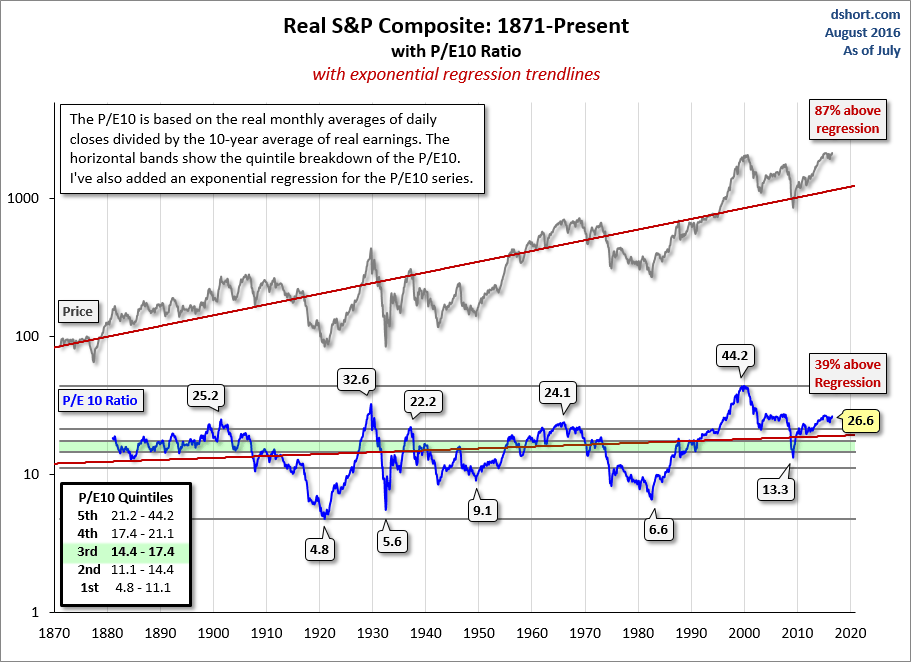Lsbcal
Give me a museum and I'll fill it. (Picasso) Give me a forum ...
Recently there have been some people worrying about getting into (or out of) stocks because equities were maybe "high" now. That reminded me of a time in the year 2000 when Abbey Joseph Cohen (Goldman spokesperson) had been asked about stock valuations and she replied that valuations were not a very good indicator for determining market tops. I just remember her dissing valuation as a timing mechanism.
Here is a chart Morningstar updates with their market valuation data:

the chart link is here: Market Fair Value by Sector, Industry, Super-Sector, Index | Morningstar
Notice how this M* chart shows the market currently slightly overvalued. The main thing that sticks out to me is there were several years in the overvalued territory at much higher levels of overvaluation before we entered the nasty bear market of 2008.
Here is a chart Morningstar updates with their market valuation data:

the chart link is here: Market Fair Value by Sector, Industry, Super-Sector, Index | Morningstar
Notice how this M* chart shows the market currently slightly overvalued. The main thing that sticks out to me is there were several years in the overvalued territory at much higher levels of overvaluation before we entered the nasty bear market of 2008.
Last edited:

